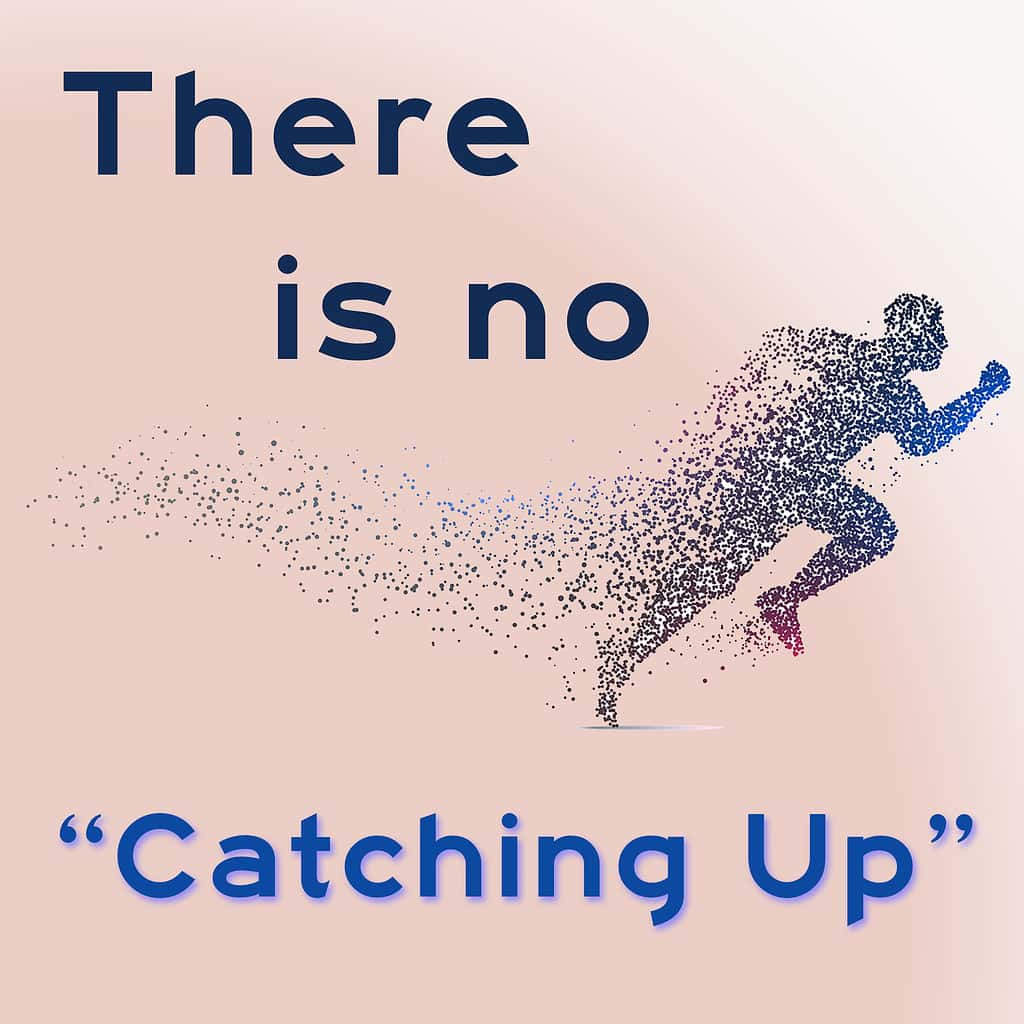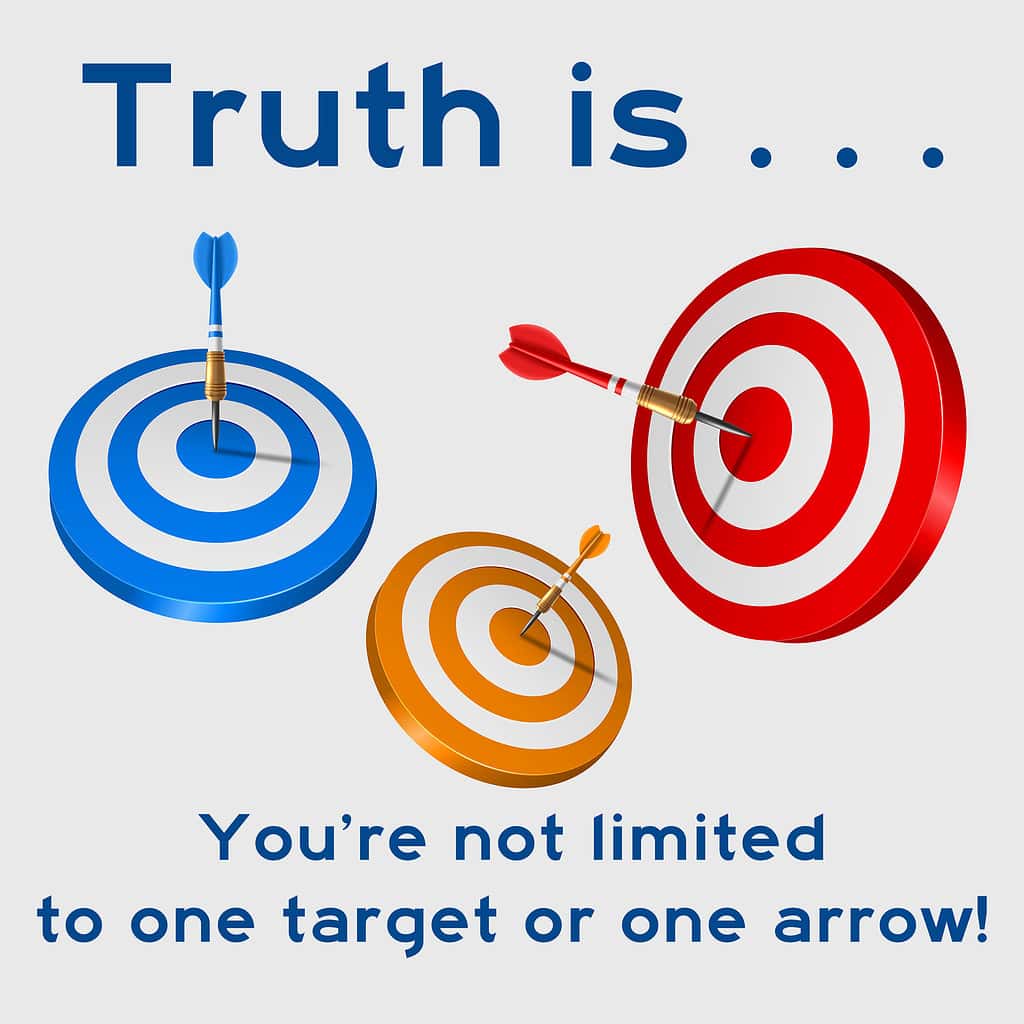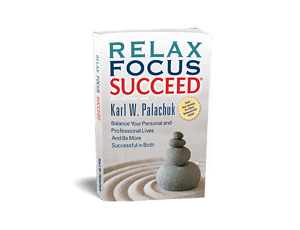Tis the season for people to start putting together their “to do” lists for next year.
– Exercise more
– Eat less
– etc.
All too often this “exercise” is simply an exercise in futility. People add things to their lists because they think they should. Or, even more commonly, they really want to accomplish something next year, but they don’t put together a PLAN in addition to items on a list.
Goals are great. Goals are necessary. But real, meaningful goals have to be coupled with action plans. Think about it this way: When I ask an audience of any size whether they want to be millionaires, virtually everyone raises their hand. Then when I ask how many have a plan to get to that status, I might get one or two hands.
A goal without a plan is just a wish. And most of the time it’s a wish that won’t come true.
We all want to exercise more, eat less, spend less, save more, and spend more time with our families. But some people WILL and some people WON’T make progress on those goals in the year ahead. Overwhelmingly, the people who actually make progress will be those who have a plan and work to make the plan come true.
You hear a lot of talk about dedication or conviction around goals. Without playing too many word games, let me say that most people are dedicated to their goals. But they don’t execute. And the reason is that you really have to have a plan wedged between the goal and the conviction. Here’s what I mean.
Let’s take exercising as an example.
Conviction comes from a sincere desire to accomplish something. But a goal of “exercising more” is pretty imprecise. It’s hard to execute. It’s hard to measure. It’s hard to hold yourself accountable. And it’s difficult for others to help you hold yourself accountable.
But a plan takes the ethereal goal and turns it into one or more visible, physical action steps. A plan doesn’t have to be complicated. It just has to have enough specific action steps to turn desire into results. If the goal is “exercise more,” the plan might be to walk one mile a day, five days a week.
You can measure this very easily. You might even check off days on a calendar or use a software program to track your progress.
But here’s the key: What happens when you slip? What happens when you skip a day or two? If you only have a wish and a desire, it’s hard for conviction to take hold. When you add a PLAN to the process, you have a way to get back on track. The plan gives you someone to grab onto and get back headed in the right direction.
That’s what I mean about wedging the plan between the desire and the conviction. A plan of action gives you something hold onto and something to get back to.
If you plan is written, that’s best. You can literally pull it would a read it. For simple goals, a one sentence or one paragraph plan is ideal. Read it regularly as part of your daily quiet time and it will keep you headed in the right direction.
Good luck with your goal setting for the end of the year. Just don’t forget the important part: A plan to make your goals come true.
🙂







